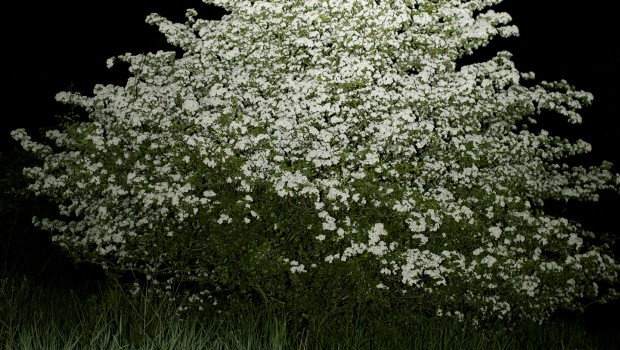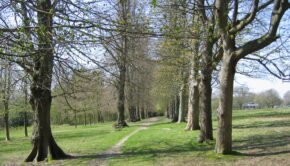Local Nature
In praise of May
The Hawthorn trees at the bottom of the garden are shedding their flower petals and in the high winds its like a unseasonal snowfall. The Hawthorn blossom has seemed even more spectacular this year and as a traditional marker of the start of summer it has hinted hopefully at a real corker to come. This association with the start of summer is reflected in Hawthorn’s other names, May tree or Maythorn, and linked it with May day celebrations as a symbol of fertility and rebirth. Its Christian and pre-Christian links are many and as a tree it is deeply woven into our cultural history. According to legend, Christ’s crown of thorn was made from Hawthorn, although it is not a plant that grows in the Middle East at all. And Joseph of Arimathea, who legend has it buried the body of Jesus, had a staff made of Hawthorn. This claim seems more reasonable as the traditional weapon of the common Englishman, the quarterstaff was indeed made from Hawthorn, from long, thick stems split into quarters. But then again, that’s a long way to carry a staff.
Hawthorn makes a tough, closely grained wood, ideal for items that need to be tough and durable – cog teeth in mill wheels, mallet heads and as a surface for engraving – and presumably, its good for bashing people too.
For the browsers amongst us, Hawthorn’s rich green leaves are completely safe to eat and traditionally were known as bread and cheese – not for their taste but because they were thought of as a basic foodstuff. Herbalists think them good for heart conditions such as angina and high blood pressure (personally, I think I would talk to my GP first). If you can get enough of it, Hawthorn is an excellent firewood, thought to produce more heat than any other native species. It burns slowly without spitting.
But May’s associations are not all positive. In some country lore it was forbidden to take May blossoms into houses as it was thought to bring very bad luck. Some writers believe this link with death may spring from pre-Christian May Day celebrations, when the May Queen was bedecked with strands of white blossom before being ritually slaughtered. Others believe its origins may lie in May blossom’s scent, which some say smells like death – in days gone by a too powerful reminder of the Great Plague. Scientific analysis shows that there may be a genuine reason for this, the blossoms contain a chemical called trimethylamine, which is also present in putrifying flesh.
So, lets be upstanding for ye ole May tree and long may she flourish – but as a word of caution, do be very wary of anyone wanting to drape May blossom around your neck.
House Martin






Comments